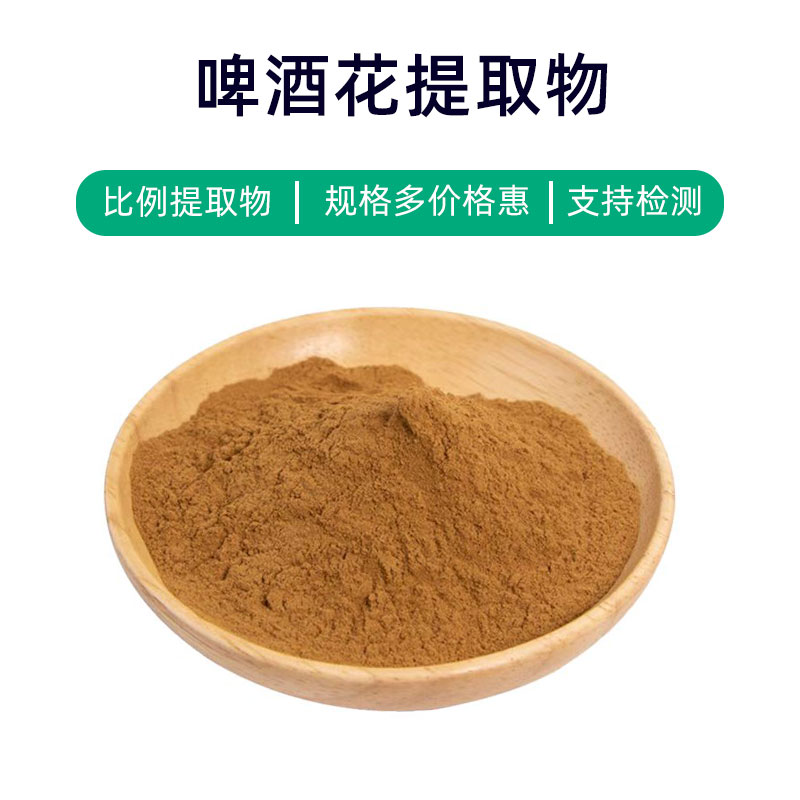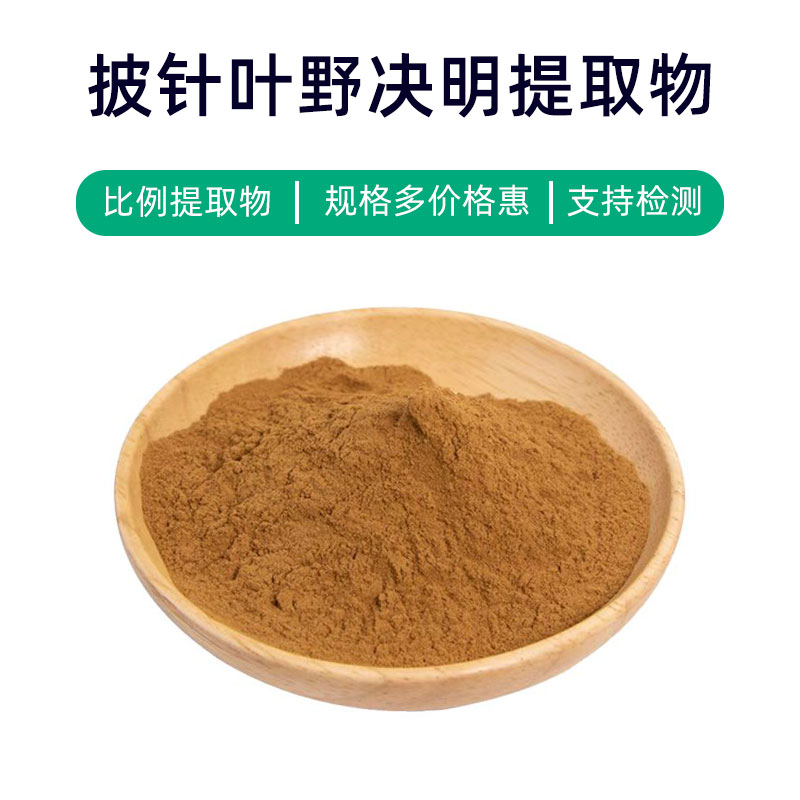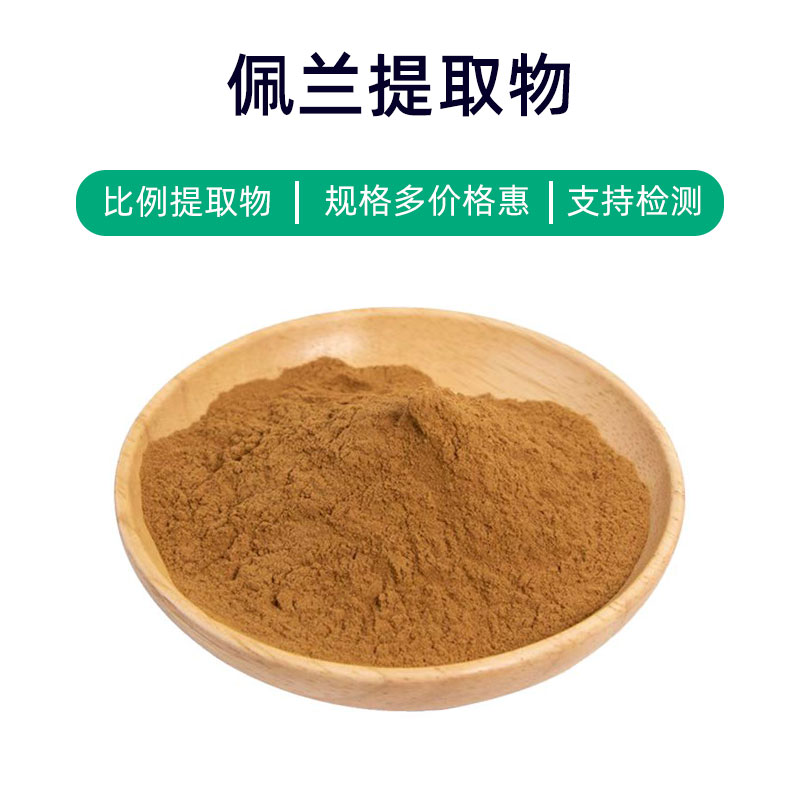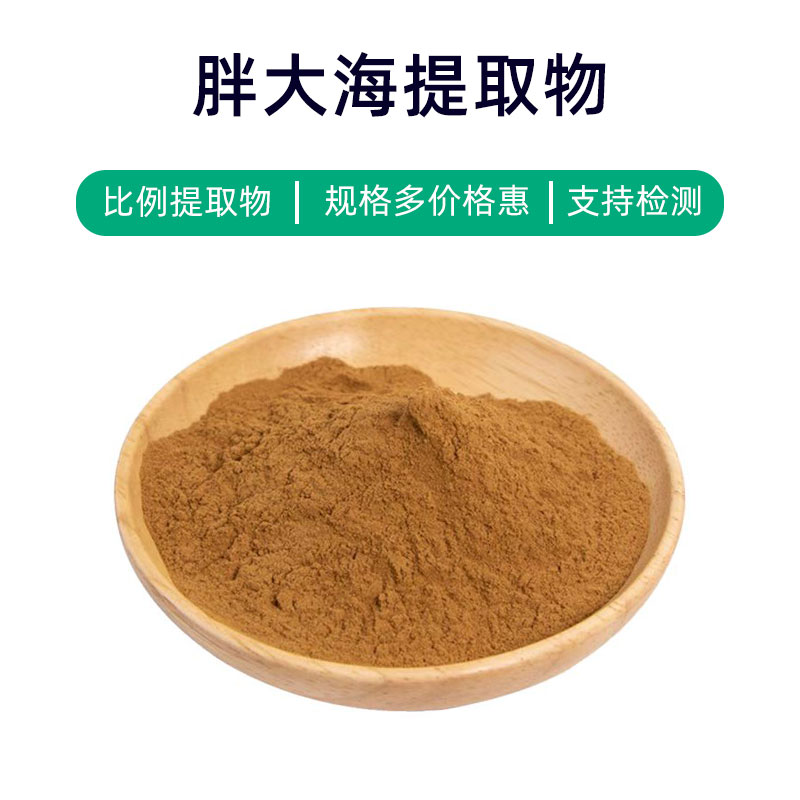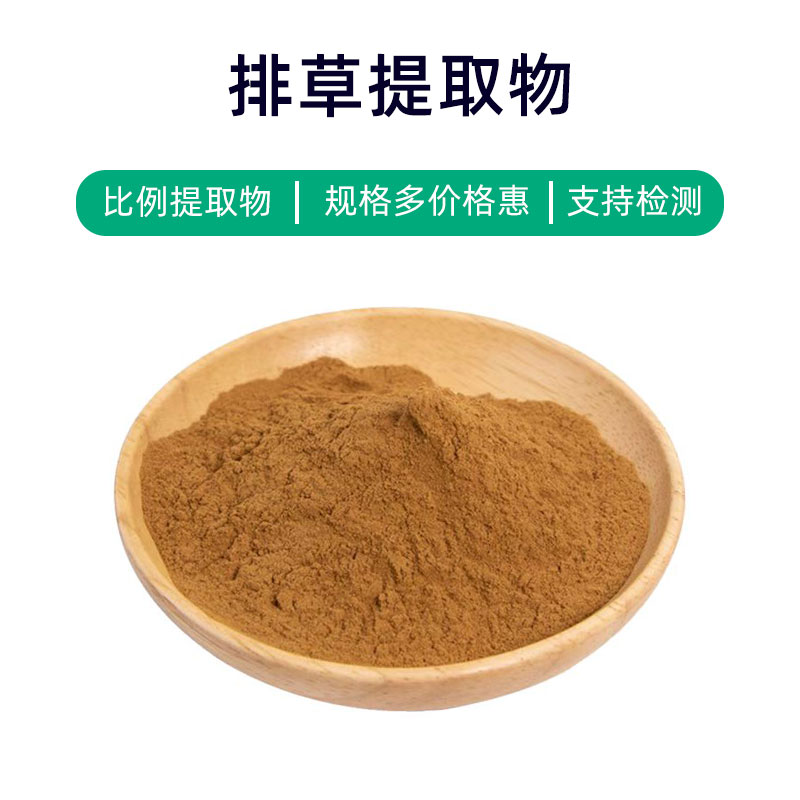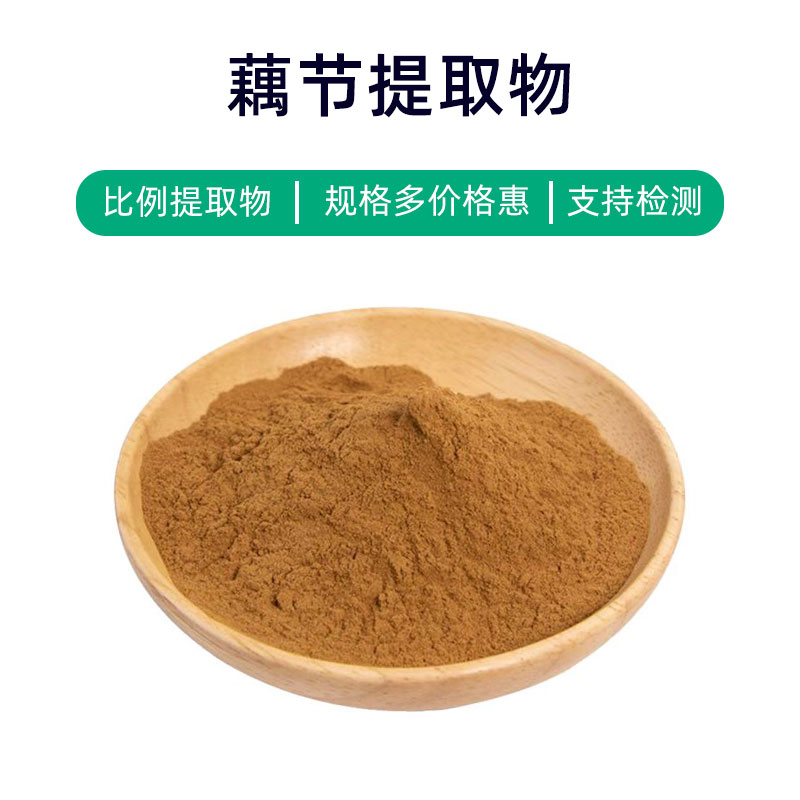Birch Leaf Extract Product Introduction
Birch leaf extract is a natural plant extract derived from the leaves of the birch tree (Betula). Its main ingredients include flavonoids, tannins, volatile oils, and phenolic substances, which confer various benefits to the extract.
Firstly, birch leaf extract exhibits anti-inflammatory and antioxidant properties, helping to alleviate skin inflammation and redness, reduce damage from free radicals, and promote skin repair and regeneration. Secondly, it has soothing and astringent effects, helping to relieve skin discomfort, tighten pores, and improve skin texture, making the skin softer and smoother. Additionally, birch leaf extract has some cleansing and antibacterial properties, contributing to skin cleanliness and preventing acne.
In terms of application, birch leaf extract is commonly found in cosmetics and skincare products, such as creams, lotions, and masks, used to enhance skin condition and balance. It is also frequently used in medicinal cosmetics and supplements for the treatment of mild skin issues or to improve skin texture, offering soothing and repairing effects.
Overall, birch leaf extract is a natural plant extract with multiple benefits, suitable for various skin types, and is one of the commonly used effective ingredients in skincare and cosmetic products.
Birch Leaf Extract Production Process
The production process of birch leaf extract generally includes the following steps:
- Collection: Begin by selecting birch leaves (Betula) from a pollution-free environment. Only healthy, growing leaves should be used, while avoiding contaminated or damaged ones.
- Washing: The collected birch leaves are thoroughly washed to remove surface impurities, dust, and microorganisms.
- Crushing: The cleaned birch leaves are crushed, typically using mechanical grinding or liquid nitrogen freezing grinding methods to turn the leaves into powder.
- Extraction: The crushed birch leaves undergo extraction, usually through methods like water extraction, ethanol extraction, or supercritical fluid extraction to obtain the active components from the leaves.
- Filtration: The extracted liquid is filtered to remove residue and suspended matter, resulting in pure birch leaf extract.
- Concentration: The birch leaf extract is concentrated, often using vacuum concentration or spray drying to remove solvents from the extract, yielding concentrated birch leaf extract.
- Drying: The concentrated birch leaf extract is dried to eliminate any remaining moisture, producing a dry extract.
- Crushing and Packaging: The dried birch leaf extract is crushed and packaged, typically into powder or granule form, and packaged according to needs for future use and sale.
The entire production process requires strict control over collection, washing, extraction, and processing stages to ensure product quality and safety. Moreover, it must comply with relevant production standards and regulations to ensure the manufacturing process meets legal requirements.
Birch Leaf Extract Effects and Side Effects
Birch leaf extract is a plant extract known for its various effects and benefits, which include:
- Anti-inflammatory Effects: Birch leaf extract contains rich bioactive components that have anti-inflammatory properties, helping to alleviate skin inflammation and discomfort, suitable for treating mild skin allergies, itching, etc.
- Antibacterial Effects: The active ingredients in birch leaf extract exhibit strong antibacterial properties that can inhibit the growth of bacteria and fungi, aiding in the prevention and treatment of skin infections and inflammation.
- Antioxidant Effects: Birch leaf extract is rich in various antioxidants, which neutralize free radicals, slow down the skin aging process, and protect the skin from environmental damage.
- Moisturizing Benefits: Birch leaf extract has good moisturizing effects, enhancing skin hydration capacity and strengthening the skin barrier, resulting in soft and smooth skin.
- Cleansing and Conditioning: Birch leaf extract possesses cleansing properties that can deeply clean pores, removing excess oil and dirt, while regulating sebum production and improving the condition of oily and combination skin.
- Pigmentation Improvement: The effective components in birch leaf extract have some effect on inhibiting melanin formation, helping to reduce pigmentation issues and improve skin tone unevenness.
- Soothing Skin: Birch leaf extract can soothe the skin, alleviating discomfort, reducing inflammation and redness, making it suitable for sensitive skin or post-sun exposure care.
Generally, birch leaf extract is a natural plant extract that typically does not produce significant side effects during use. However, some individuals may experience allergic reactions; thus, a skin sensitivity test is advised before use, and if discomfort arises, discontinue use and consult a healthcare professional.
Birch Leaf Extract Application Scenarios and Dosages
Birch leaf extract has a wide range of applications in pharmaceuticals, food, and cosmetics. Here are its application scenarios and dosages in each field:
- Pharmaceutical Field:
- Treatment of Skin Inflammation: Birch leaf extract has anti-inflammatory, antibacterial, and antioxidant properties, making it suitable for treating mild skin inflammations like eczema and dermatitis. Usage: Apply an appropriate amount of birch leaf extract to the affected area 1-2 times daily.
- Skin Care: Birch leaf extract offers moisturizing and cleansing benefits and can be used for daily skincare. Usage: Add birch leaf extract to toners, creams, and other skincare products and follow product instructions.
- Food Field:
- Flavoring Agent: Birch leaf extract can be used as a food additive, giving foods a unique flavor and aroma. Usage: Add an appropriate amount of birch leaf extract according to food production processes.
- Tea Beverages: Birch leaf extract is refreshing and thirst-quenching and can be used to make tea beverages. Usage: Add an appropriate amount of birch leaf extract to boiling water to brew for drinking.
- Cosmetics Field:
- Skincare Products: Birch leaf extract, known for its antioxidant and moisturizing properties, is suitable for formulations in skincare products. Usage: Add birch leaf extract to masks, lotions, serums, and other skincare products following product instructions.
- Cleansing Products: With its cleansing properties, birch leaf extract can be incorporated into cleansing products, ensuring skin cleanliness while maintaining moisture balance. Usage: Integrate birch leaf extract into facial cleansers and gels, following product instructions.
In summary, birch leaf extract is primarily used in the pharmaceutical field for treating skin inflammation and skin care, with dosages adjusted based on actual conditions; in the food sector, it can serve as flavoring and tea beverage ingredients in accordance with food safety standards; while in cosmetics, it is used in skincare and cleansing products, with dosages controlled according to product formulation proportions.
Birch Tree: Source Plant Introduction, Distribution, and Growth Environment
The birch tree (scientific name: Betula platyphylla), also known as white birch, is a common deciduous tree belonging to the Betulaceae family. Below is the introduction of the source plant for birch leaf extract, its distribution, and growth environment:
Source Plant:
Birch trees are common and widely distributed around the world, particularly in temperate and cold regions. Their main characteristics include grayish-white or gray-brown bark with a clear texture, heart-shaped or oval leaves with obvious serrated edges. Birch trees are known for their resilience and adaptability, often growing in various soil types including riverbanks, hillsides, and wetlands.
Distribution:
Birch trees are predominantly found in the temperate and boreal regions of the Northern Hemisphere, mainly concentrated in Europe, North America, Asia, and North Africa. In Europe, birch trees are primarily distributed in countries of Northern, Eastern, and Western Europe, such as Finland, Sweden, Norway, and Russia. In North America, their range includes Canada, the United States, and Mexico. In Asia, birch trees are mainly found in China, Japan, South Korea, and Mongolia. Additionally, birches also grow in some North African countries like Morocco and Algeria.
Growth Environment:
Birch trees are highly adaptable, capable of thriving in various soil and environmental conditions, although they prefer moist, fertile soil. They are commonly found in mountainous areas, along riverbanks, near lakes, and in boreal and temperate coniferous and mixed forests. Birch trees require ample sunlight but can also tolerate shady conditions. With a well-developed root system, they are cold-resistant and drought-tolerant, making them a resilient tree species.
In summary, as the source plant for birch leaf extract, birch trees have a wide growing range, distributed throughout the temperate and boreal regions of the Northern Hemisphere, typically thriving in moist, fertile soil, and are a significant plant resource.
Processing and Storage of Birch Leaf Extract
The processing of birch leaf extract generally includes the following steps: First, collect fresh birch leaves and perform preliminary washing to remove impurities; next, dry the cleaned birch leaves to remove moisture; then, use appropriate extraction methods (such as water or alcohol extraction) to obtain active components from the leaves; finally, the extracted materials undergo filtration, concentration, drying, etc., to produce birch leaf extract.
In terms of storage, birch leaf extract should be kept in a dry, cool, and ventilated environment, away from direct sunlight and high temperatures. Further, it should be protected from harmful gases and odorous substances to preserve quality. During storage, periodic checks on the appearance and smell of the extract are advisable to ensure no abnormal changes occur. Correct storage methods can prolong the shelf life of birch leaf extract and maintain the stability of its effective components.
Monica Sun is a seasoned expert in the plant extraction industry with over a decade of experience in research and production. She specializes in the extraction and purification of plant active ingredients, focusing on driving innovation in natural product applications. Monica has participated in the development of multiple functional plant extracts, delivering high-value natural raw material solutions for the health food, pharmaceutical, and dietary supplement sectors.









